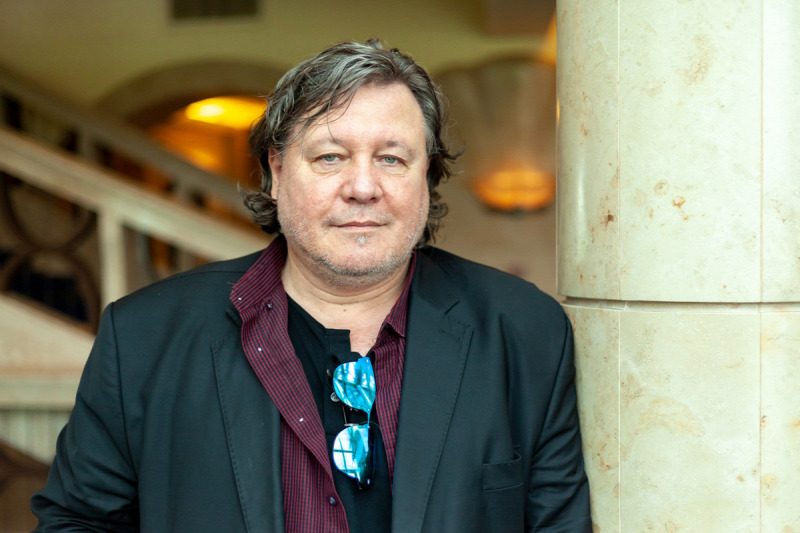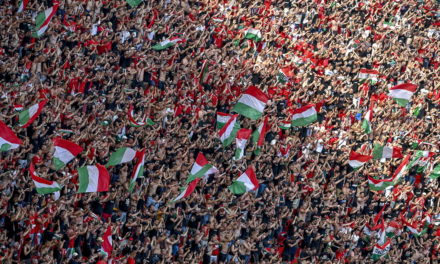Never before has so many Hungarian communities applied to the call of Kossuth Prize-winning musician and composer Tamás Szarka, who for the fourth time this year asked the Hungarians of the world to sing his song Kézfogas together on the occasion of the Day of National Unity.
At the time of writing this article, this number had already exceeded two hundred and seventy. Tamás Szárka expressed his hope that on the day of the joint singing, the number of participating communities could reach or even exceed three hundred, which - as he says - can easily be multiplied by many hundreds more, since most of the institutions are schools and kindergartens, at the same time, the singer revealed that settlements, but even nursing homes have indicated their intention to participate.
As we previously reported, Tamás Szarka sang for the first time in 2019 with more than five thousand children on Kossuth Square; and at the same time as them, the song was already being played in hundreds of settlements across borders from here and beyond. The following year, during the pandemic, a video clip was created by combining the recordings of many community and individual productions reminding that
even far from each other, we are able to express the national unity that lives within us.
And last year, the musician, who is joined by more and more Hungarian institutions worldwide, performed Kézfogs in the Parliament, next to the Szent Korona.
The last occasion was also a decisive experience for the singer, as he says, it was one of the cornerstones of his life. – The Holy Crown is not just an object: it has a soul. When I was allowed to sing my song in his presence, I was embarrassed myself. It was a wonderful and uplifting feeling - recalls Tamás Szarka, who
this year he chose a location with a strong symbolic meaning, namely the Erzsébet bridge connecting Észák or Révkomárom and Dél Komárom, which is also connected with personal stories.
As a Hungarian living abroad, he also encountered the difficulties of being a minority countless times. Many people believe that the Danube connects them, however, according to him, for a long time they experienced the exact opposite in the Highlands. However, there were a few bridges - including the one in Komárom - which gave the Hungarians living on both sides of the river the opportunity to meet. Alternatively, he could have created it, but – as Tamás Szarka puts it – there was always someone who decided for them whether a Hungarian could pass to a Hungarian.
Source: Magyar Nemzet/Diána Zana
Featured image: Maybe Csaba












